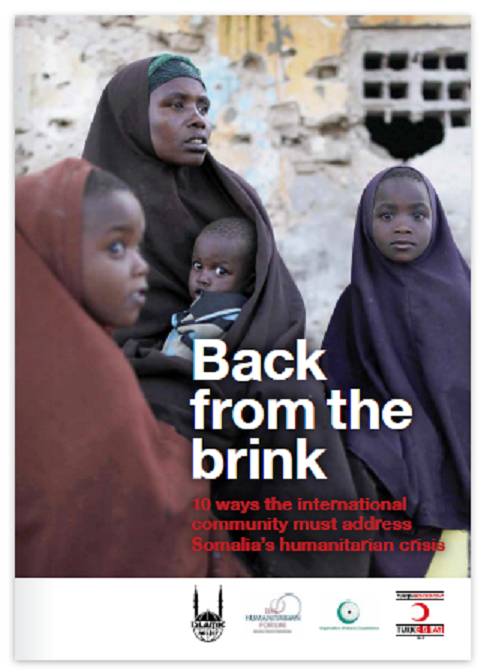
10 ways the international community must address Somalia’s humanitarian crisis
In Korsan camp near Mogadishu’s international airport, there is no getting away from the human cost of the worst food crisis of the 21st century. A large cluster of tiny graves on the northern side of the camp paints a tragic picture.
Today Korsan is a place of refuge and relative safety for some of the tens of thousands of Somalis drawn to the country’s capital at a time when their crops and livestock have been wiped out by East Africa’s worst drought for 60 years. But in the early months of the crisis the loss of life in camps like this one was horrific. The dry, parched earth of Korsan became a burial ground for countless children too weak to overcome severe malnutrition and disease.
This report tells the stories of four families in the camp – stories of heart-breaking loss and extraordinary resilience in the face of adversity. It also places those stories in a wider context and attempts to unravel the complex web of factors that precipitated the crisis and turned drought into devastating famine. The key question that needs to be asked is why more aid has not reached those parts of south and central Somalia that have been worst hit by the crisis, the areas that need assistance most.
Office
http://www.islamic-relief.org.uk/
Citation
Islamic Relief UK. (2012). Back from the Brink. , Islamic Relief UK, London, [Online] Available:http://www.islamic-relief.org.uk/






